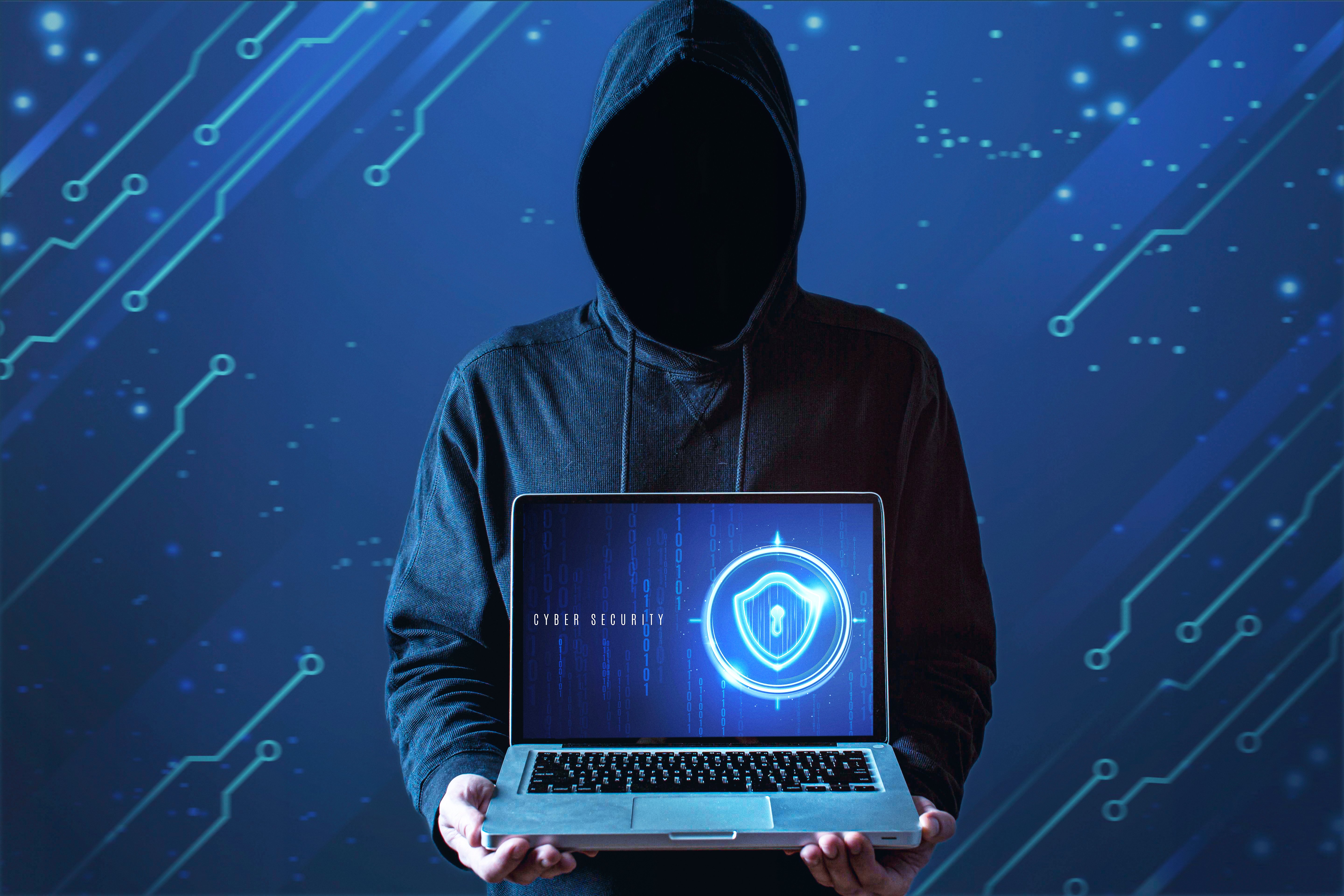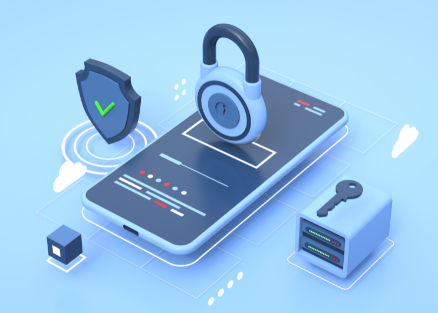Accessing company data from your personal device?
Are you using a personal device to work?
2 min read
Karina
:
Nov 7, 2023 10:22:05 AM

When the coronavirus pandemic hit there was a rush for businesses to move from a normal working office to working from home. If you were in a rush to work from home, did you leave the door to hackers open?
Usually, this would be a planned-out project with a lot of thought put into how people will work on their computers, how they will accept business phone calls and critically, how they will remain secure. However, with pandemic lockdown, planning was secondary to taking action to make sure businesses could still operate.
At that time, Support Tree advised our clients that non-business owned equipment should not (if possible) be connected to the business network via VPN. We even released a web-based remote control service so end-users could remote in from their own home PC to the work PC and work like they were in the office.
For various reasons, this was not suitable for all customers and now we have the situation where businesses are now more exposed to security threats than before which has been a concern since this all happened.
Recently, I came across this story on Forbes.com which predicts that the “The Largest Cyberattack In History Will Happen Within Six Months“.
The story explains that moving from a centralised office approach to a distributed working from home approach to working has massively increased the “attack surface”.
The analogy comparing the work network to a secured concrete bunker with one way in and out is great. The home network is compared to a mansion with lots of open windows and doors. The actual point of the forbes.com article is to keep an eye on tech security stocks to invest in.
I think the story should also encourage thought into our own business IT security.
Support Tree provides IT services in London to small and medium-sized businesses. We have moved the majority of our customers to cloud-based systems over the last 3-4 years. And for around the last 2 years, we have been recommending laptops first when it comes to hardware refreshes.
The reason? Flexibility and security…
The customers that moved to the cloud and also to a predominantly laptop environment have been able to transition quite seamlessly to working from home.

They work on business laptops which have our multiple security software agents installed
This layered approach to security helps to keep our customers safe.
As we control these IT security services centrally, we can really reduce the threat to the business.
We have already been contacting customers that have opened up their attack surfaces – The key issue right now is with the home devices being connected to the business networks.
We are working with our customers on a strategy to mitigate these risks. There are some simple steps that can be taken to really reduce the risk to the business which we recommend all our customers take.
So, if you were in a rush to work from home, did you leave the door to hackers open to the elements?
Want to learn more about cyber security and how to protect your business? Call, email or submit your details below and let's have a talk. Lets see how your business can become the best!

Are you using a personal device to work?

In the world of IT, a dangerous assumption is that your business is secure from a technology standpoint. Why do so many decision-makers continue to...

Having seen first-hand how organisation have been changed to a more profitable, better place to work and enjoyable experience after implementing...